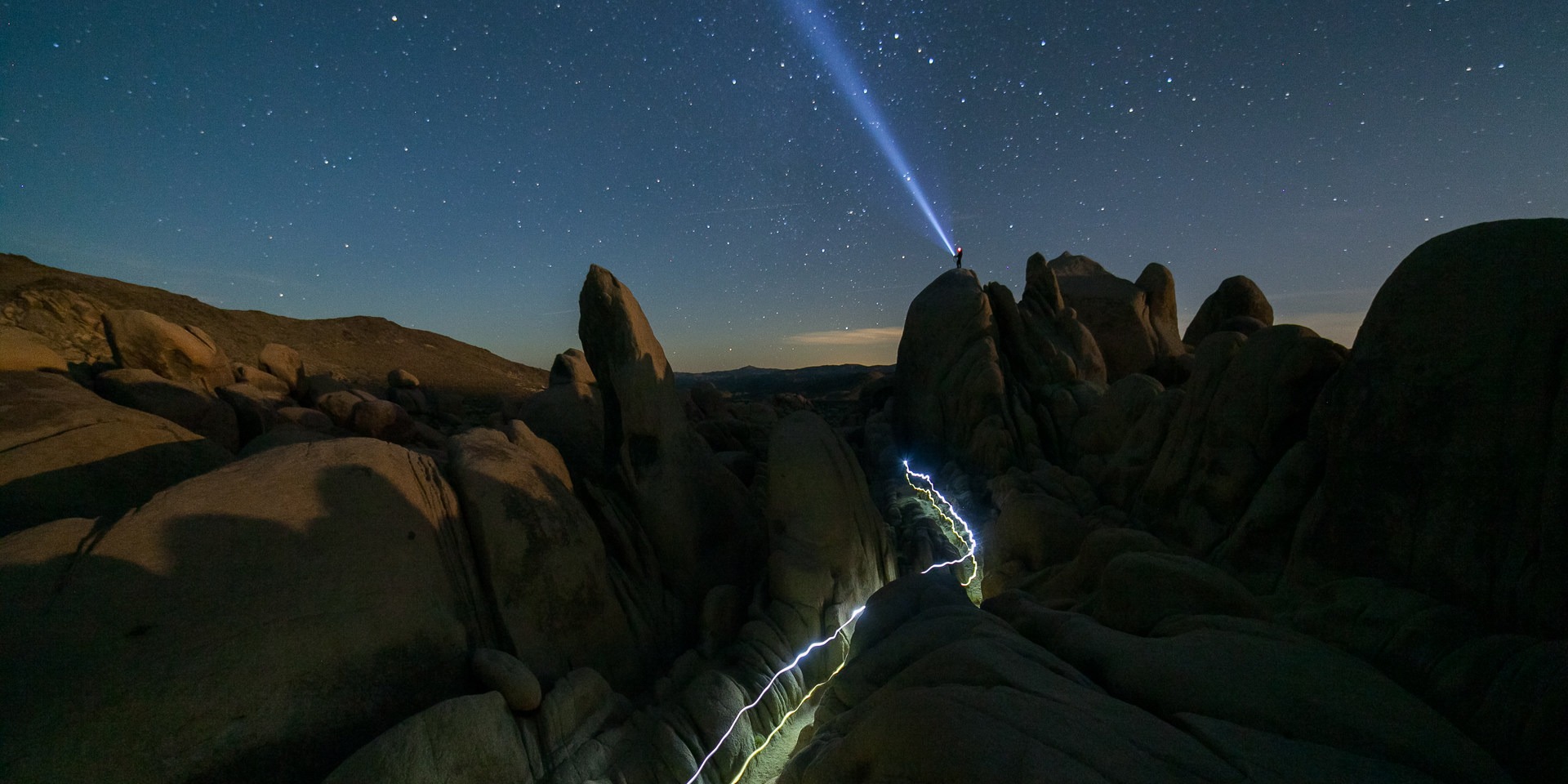You are here
Channel Islands National Park
Pets allowed: Not Allowed
Guided tours: No
Backcountry camping: No
Lodging: No
Guided tours: No
Backcountry camping: No
Lodging: No
San Bernardino National Forest
Reservations possible?: No
RV Hookups: No
Potable water: Yes
RV Hookups: No
Potable water: Yes
San Gabriel + San Bernardino Mountains, California
Pets allowed: Allowed with Restrictions
Elevation Gain: 700.00 ft (213.36 m)
Trail type: There-and-back
Distance: 3.20 mi (5.15 km)
Elevation Gain: 700.00 ft (213.36 m)
Trail type: There-and-back
Distance: 3.20 mi (5.15 km)
San Gabriel + San Bernardino Mountains, California
Pets allowed: Allowed with Restrictions
Elevation Gain: 800.00 ft (243.84 m)
Trail type: There-and-back
Distance: 10.50 mi (16.90 km)
Elevation Gain: 800.00 ft (243.84 m)
Trail type: There-and-back
Distance: 10.50 mi (16.90 km)
Joshua Tree National Park
Climbing: Sport climbing, Trad climbing
Alpine climbing NCCS rating: Grade V
Elevation Gain: 150.00 ft (45.72 m)
Distance: 0.00 mi (0.00 km)
Alpine climbing NCCS rating: Grade V
Elevation Gain: 150.00 ft (45.72 m)
Distance: 0.00 mi (0.00 km)
Angeles National Forest, San Gabriel Mountains
Reservations possible?: No
RV Hookups: No
Potable water: No
RV Hookups: No
Potable water: No
Angeles National Forest, San Gabriel Mountains
Reservations possible?: No
RV Hookups: No
Potable water: No
RV Hookups: No
Potable water: No
San Diego Metro Area, California
Sandy beach: Yes
Hike-in Required: No
Surfing: Yes
Snorkeling / SCUBA: No
Hike-in Required: No
Surfing: Yes
Snorkeling / SCUBA: No













Comments
Sign In and share them.